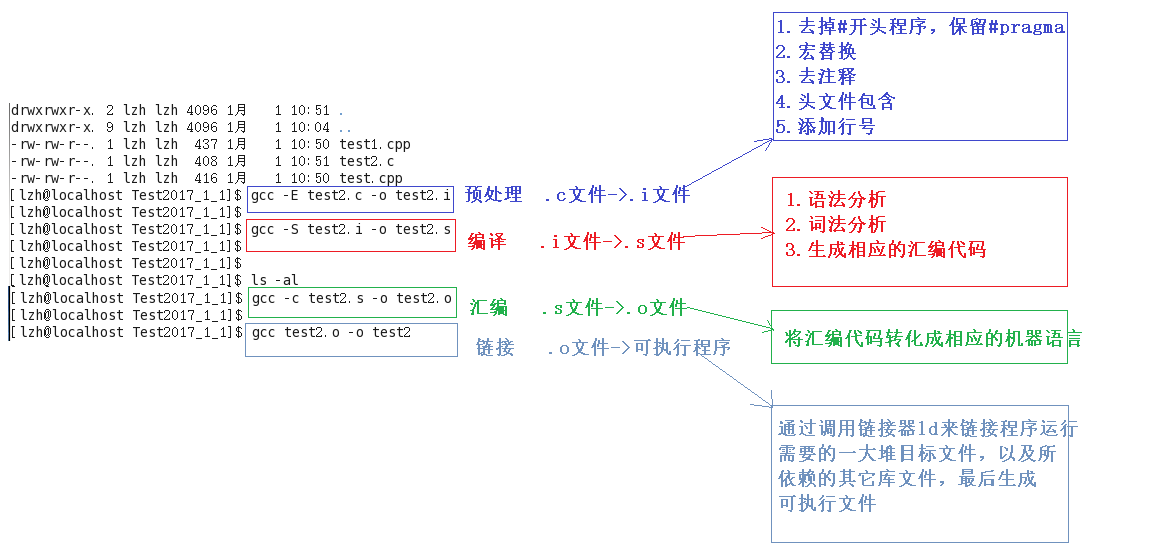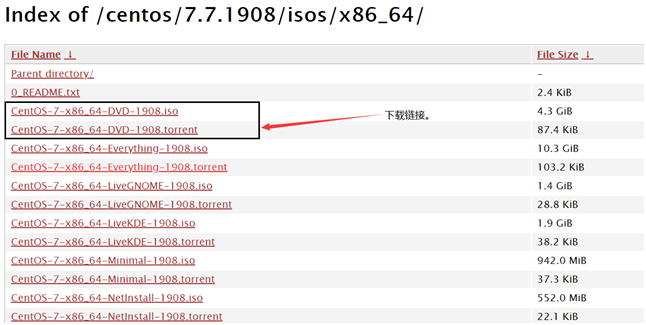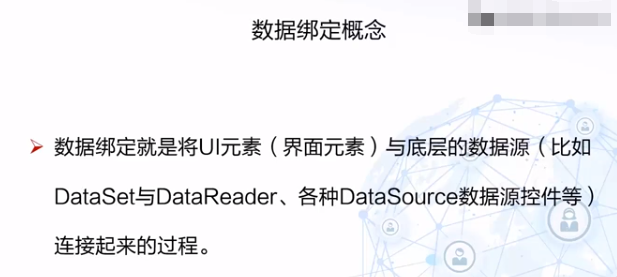Python中面向对象编程(OOP)的基本实践
在Python中,面向对象编程(OOP)是一种编写程序的方式,它将数据和操作数据的方法绑定在一起。以下是OOP在Python中的基本实践:
- 创建类:使用
class关键字定义一个类。例如:
class Dog:def __init__(self, name):self.name = namedef bark(self):return f"{self.name} says Woof!"
- 实例化对象:通过类名调用方法来创建对象。例如:
my_dog = Dog("Rex")
- 继承:子类可以继承父类的属性和方法。例如:
class MediumDog(Dog):def __init__(self, name, breed="Poodle"):super().__init__(name)self.breed = breedmy_medium_dog = MediumDog("Fido", breed="Shiba Inu")
- 封装:通过设置访问权限(如公有属性和私有方法)来保护对象的数据。例如:
class BankAccount:def __init__(self, account_number, balance=0):self.account_number = account_numberself.balance = balance# 公有方法def deposit(self, amount):self.balance += amountreturn self.balance# 私有方法,外部无法访问def _transfer(self, amount, recipient_account):if amount <= 0:raise ValueError("Transfer amount must be positive.")# 确保转入账户有足够的余额if recipient_account.balance + amount < 0:raise InsufficientFundsError("Recipient account balance insufficient for transfer.")# 转账操作recipient_account.balance -= amountself.balance += amount@propertydef account_number(self):return self._account_number@account_number.setterdef account_number(self, value):self._account_number = value
以上就是在Python中面向对象编程的基本实践。



































还没有评论,来说两句吧...